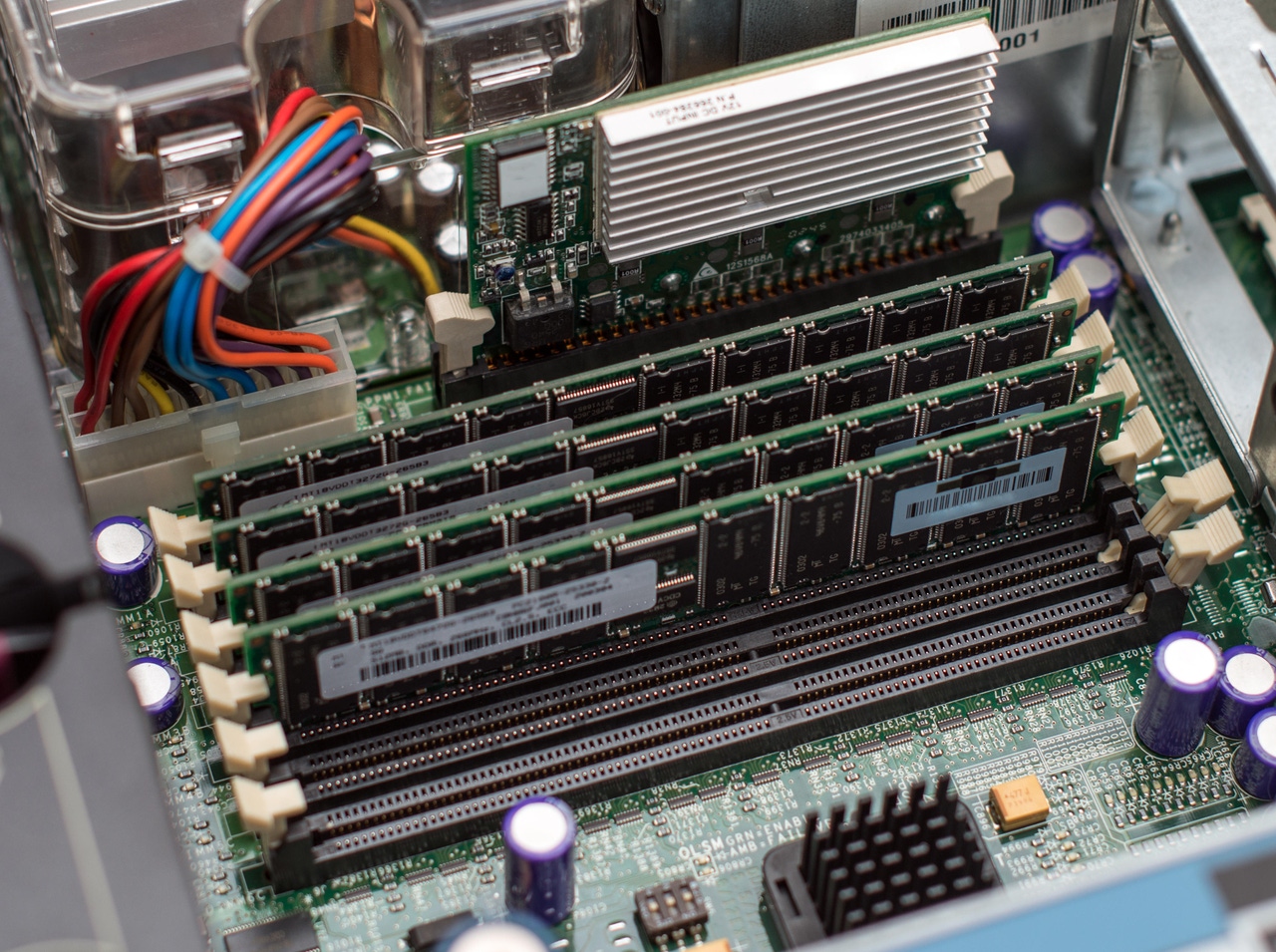Choosing the Right Interconnect for Tomorrow’s AI ApplicationsChoosing the Right Interconnect for Tomorrow’s AI Applications
Enterprises need advanced interconnect technologies, including PCIe, CXL, or a hybrid switch, to meet the demands of next-generation AI applications.

As artificial intelligence (AI) continues to evolve, the demand for high-performance computing infrastructure becomes more critical. The Peripheral Component Interconnect Express (PCIe) 5.0 standard offers significant advancements in data transfer speeds and system performance. Similarly, Compute Express Link (CXL) 2.0 enhances memory sharing and reduces latency, making it an invaluable tool for AI workloads.
Understanding when to use PCIe 5.0, CXL 2.0, or a hybrid switch that supports both can optimize AI systems for various applications and deliver system viability for the long term.
The Best Use Cases for a PCIe 5.0 Interconnect
Peripheral Component Interconnect Express, commonly known as PCIe, is a high-speed interface standard used for connecting various hardware components to a computer's motherboard. PCIe is widely adopted in modern computing systems due to its superior performance, scalability, and versatility.
Its latest generation, PCIe 5.0, is designed to handle massive data transfers with minimal latency, making it ideal for data-intensive applications. It's a popular standard with a high-growth market ahead of it. In fact, according to Allied Market Research, the global PCIe market was valued at $3.56 billion in 2020 and is projected to reach $7.58 billion by 2030, growing at a CAGR of 7.6% from 2021 to 2030. This growth is driven by the increasing demand for high-speed data transfer and low-latency communication in AI and other data-intensive applications. Consider the following applications ideal for PCIe:
Machine Learning Training: The high bandwidth of PCIe 5.0 allows for the rapid transfer of large datasets between storage and GPUs, accelerating the training process. This is crucial for developing complex models in a shorter timeframe.
High-Performance Computing (HPC): Scientific simulations and complex calculations benefit from PCIe 5.0’s ability to move vast amounts of data quickly, ensuring efficient processing and analysis.
Real-Time Data Processing: Applications like financial trading platforms and telecommunications networks, where real-time data analysis is critical, can leverage the speed of PCIe 5.0 to reduce latency and improve performance.
The Emerging Use Cases for a CXL 2.0 Interconnect
Compute Express Link (CXL) is an open industry standard interconnect designed to enhance communication between CPUs, GPUs, memory, and other accelerators. Developed to address the increasing demands of modern computing workloads, CXL aims to provide high-speed, low-latency communication and efficient memory sharing across diverse computing components.
CXL 2.0 excels in scenarios where memory sharing and low-latency communication between different processing units are essential. Like PCIe, the adoption of the CXL standard is rapidly on the rise. According to a report by IDC, 60% of new data center deployments by 2025 will incorporate CXL-enabled devices. This adoption is driven by the increasing complexity and scale of workloads, which demand more efficient memory sharing and low-latency communication. Applications and workloads that benefit the most from the CXL standard include:
AI Inference: For AI inference tasks, where models are deployed to make predictions on new data, CXL 2.0’s efficient memory sharing enhances performance by reducing the overhead of data movement between processing units.
Cloud Computing: Data centers benefit from CXL 2.0’s ability to optimize resource utilization and improve communication between servers, enhancing overall efficiency and reducing costs.
Where Hybrid Switches Shine
A hybrid switch that supports both PCIe 5.0 and CXL 2.0 offers the flexibility to leverage the strengths of both standards. This is particularly beneficial for complex AI systems that require high-speed data transfer and efficient memory sharing.
System designers who need the option to design once for all high-performance applications also benefit from hybrid switches, which can enable a full range of applications in a single design. This is particularly true with the most advanced hybrid switches, which can offer up to 2,048 GB/s of total bandwidth and 256 lanes, giving unprecedented flexibility for any application.
This class of hybrid switches is also seeing mounting demand as modern workloads get more complex. The hybrid switch market, which includes devices supporting both PCIe and CXL, is projected to reach $2.2 billion by 2026, growing at a CAGR of 12.3% from 2021 to 2026, according to a report by Grand View Research. This growth is fueled by the need for versatile and high-performance computing solutions in data centers and enterprise environments. Consider the following demanding applications that can benefit from a hybrid switch strategy:
Healthcare Analytics: AI-driven diagnostics and predictive analytics in healthcare rely on fast data processing and efficient memory utilization. A hybrid switch can improve the speed and accuracy of these applications, leading to better patient outcomes.
Mixed Workloads: Environments where diverse workloads coexist, such as data centers supporting both HPC and AI inference tasks, benefit from the versatility of hybrid switches. They can optimize performance across different types of applications by dynamically utilizing PCIe 5.0 and CXL 2.0 as needed.
Genomics Research: Genomics requires the analysis of vast datasets to identify patterns and mutations. A hybrid switch can accelerate this process by enabling fast data transfer (via PCIe 5.0) and efficient memory sharing between processing units (via CXL 2.0), facilitating quicker and more accurate results.
Why Force an Interconnect Choice?
The decision to use PCIe 5.0, CXL 2.0, or a hybrid switch depends on the specific requirements of your AI applications. PCIe 5.0 excels in scenarios demanding high bandwidth and low latency data transfers, while CXL 2.0 is ideal for applications requiring efficient memory sharing and reduced communication latency. A hybrid switch provides the best of both worlds, offering the flexibility to optimize complex AI systems for a wide range of use cases.
As AI continues to grow and evolve, leveraging these advanced technologies will be essential to meeting the demands of next-generation applications, driving innovation, and enhancing performance across industries. The modern systems of tomorrow will likely support all application needs and variations using a hybrid approach to interconnect technology, eliminating the need to make a choice and thus evading limitations in today’s fast-changing application landscape.
Read more about:
Infrastructure for AIAbout the Author
You May Also Like




